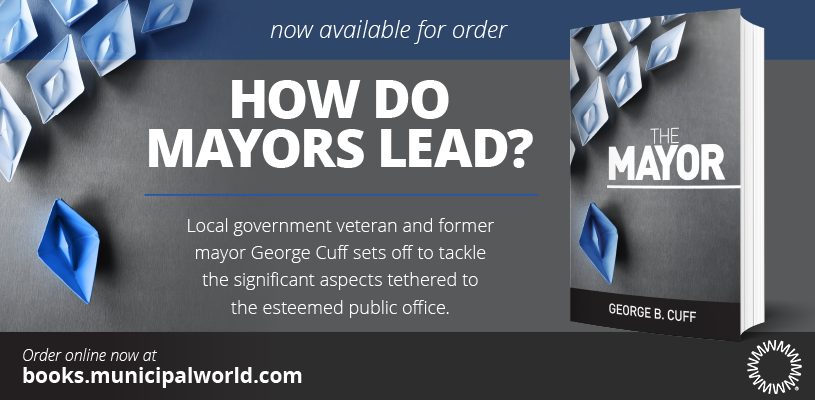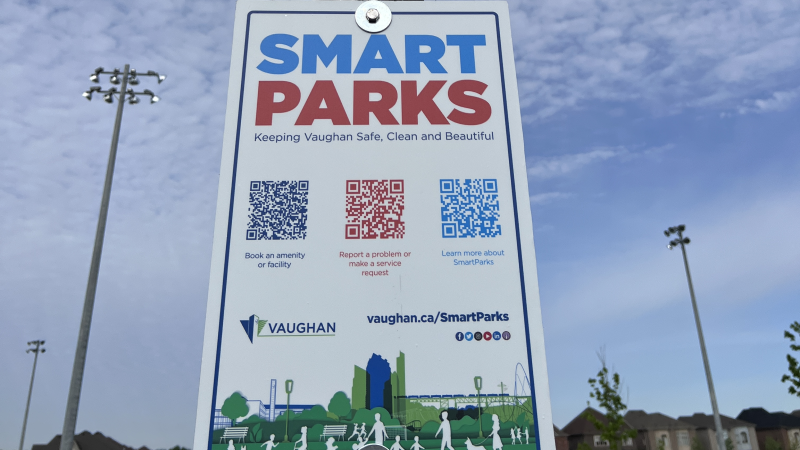Moving past the pandemic to create the city of the future

Sponsored by Cisco
Until recently, the city of the future seemed far away. We had digital billboards, public WiFi, and municipal websites. But we didn’t have the data we needed to understand how our constituents navigate where they live. In the wake of the pandemic, municipalities have embraced these technological changes, leading to further insights.
Government officials, policy makers, and urbanists are seizing the opportunity to “build back better.” We’re more equipped than ever to realize the city of the future, but only if we look forward. We’ve seen firsthand the efficiency and value that digital infrastructure has brought to the municipal space. And while what comes next is unknown, it’s imperative that we continue to embrace these changes to be ready for the next big shift.
The following are some ways we can prepare.
1. Stay Nimble
Municipalities have typically been slower to respond to innovation and technological implementation. Yet now, municipalities are acting quickly to meet the needs of constituents, whether that’s through offering digital services to pay parking fines or analyzing data to better understand pedestrian traffic flow.
Moving forward, this ability to be nimble when needed will be crucial to the operations of a city.
2. Be Citizen-First
The mindset of citizens has shifted. They:
- are consuming data more quickly;
- have more distrust in government than ever before; and
- have much higher expectations around how they access municipal services.
These expectations are not going anywhere. Governments need to take a citizen-first approach to decision making by keeping constituents involved in the process.
Video conferencing tools, like Cisco’s Webex platform, offer flexibility. Webex is hardware agnostic, so it enables users to dial into meetings from any device. This way, policy makers can engage with citizens in a way that works for everyone.
3. Let Data Be Your Drivers
As Internet of Things (IoT) devices are deployed around the world, they bring in swathes of data for decision makers to better understand how cities work. But analyzing the data is step one.
Smart tools, such as Cisco’s Meraki MV Smart Cameras, can cut through the thick of data with:
- advanced analytic abilities;
- smart search tools; and
- built-in security.
Tools like these provide insights to city managers without compromising citizen’s privacy.
4. Resilience through Security
A comprehensive security architecture is critical when protecting sensitive data and maintaining operational efficiency. Advanced security tools, such as Cisco’s SecureX platform, protect against unpredictable threats. They also safeguard the most vital networks and data with visibility and resilience. Providing a secure environment broadens the capabilities of services offered and enables adoption.
The city of the future is evolving before our very eyes. Now that this change is here, the benefits are clear. It’s imperative that we keep this rate of change without regressing into our old ways of working. What comes next may not be easy, but it will bring us closer to the city of the future.
Learn more about Cisco’s public sector portfolio at https://www.cisco.com/c/en_ca/solutions/industries/government.html. MW
✯ Municipal World Insider and Executive Members: You might also be interested in Bonnie Brown’s article: Building back better.
Matthew Dietz is a Senior State and Local Government Strategist at Cisco.
Related resource materials:



